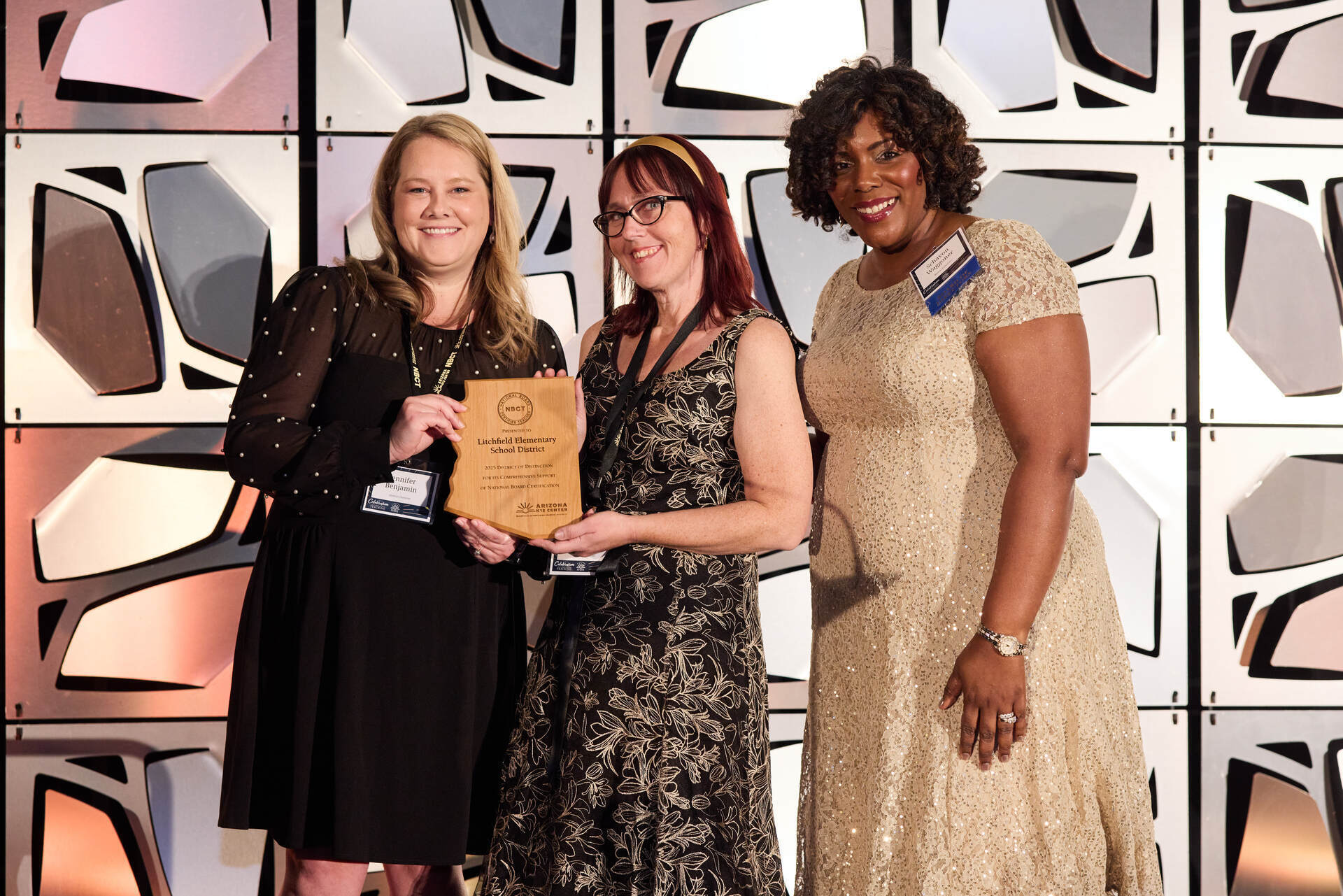August 5, 2015
7 Steps for a Successful First Day of Class
Start the year off right with these A+ tips.
The bell rings and students pour in on the first day of school. Excitement hangs thick in the air — along with nerves and a touch of chaos. Your lesson plans and activities are ready, but are you? Here are seven essential tips for acing the first day of school, whether you’re a rookie or a vet.
1. Do your homework.
Use your rosters to research your students. Likely, information on your learners, such as IEPs and health records, are available before school starts. Read up on them, and use the knowledge to ward off potential issues. This is especially helpful when assigning seats (see No. 4).
A Pinterest-perfect classroom might not be your style, but hear us out. Adding a few personalized touches not only gives your space character and makes it cozier, but it’ll also provide natural springboards for students to get to know you. Got a Harry Potter obsession? Traveled to the Grand Canyon this summer (finally!)? Display the evidence.
Revealing a hint of your personality will make you more approachable to students — a huge step toward building positive rapport.
3. Over-do it.
“I was way too prepared for work today,” said no teacher, ever. Lay out your outfit the night before. Set your alarm back an extra half-hour. Pre-pack a fabulous lunch; don’t forget your biggest water bottle (with ice, please!) to counter the scorching Arizona temperatures. Make 10 too many copies (sorry, trees). Double-check your technology. Over-plan your lesson in case it finishes early.
New to campus? Get to know the grounds the week or so before. You’d be surprised how many first-timers have no idea where the library or nurse’s office is. Do a trial run of your morning commute so you’ll know what to expect from traffic.
4. Make a calculated seating plan.
Whether they are five or 15, kids are nervous about the first day. For many, this is compounded by insecurities over whom they’ll sit with. Spend time creating a seating plan and then vow to switch it up frequently to promote diversity and trust.
And don’t forget to do your homework. Maddie is nearsighted? Make sure she gets a seat near the front. Troy is diabetic? Give him an aisle seat for easy access to the bathroom or nurse. Another benefit to having a seating plan already in place: It’ll help you memorize names faster.
5. Fake it ‘til you make it.
Display confidence and charisma from the get-go, and your classroom will run a whole lot smoother. Act like you’ve got it all together, and you might actually feel like you do before lunchtime. Channeling your favorite teaching powerhouse — whether it’s the seasoned veteran down the hall or Robin Williams in “Dead Poets Society” — can ease your nerves.
6. Don’t make it about you.
By the end of the first day, you’ll likely have done so much talking (think procedures, syllabus, classroom rules, assigning nvarchar(max)books, etc.), that you’ll need a cup of tea and a half-dozen lozenges. Sure, all of that stuff is important, but it’s just as vital to bring the learners into the spotlight. Plan activities that get them speaking, sharing and getting to know each other and their surroundings.
7. Communicate your vision — and invite their input.
You envision a classroom abuzz with learning — one where excellence is expected, risks are taken and tolerance is practiced. So tell them. No matter the grade level, students want to know what teachers expect of them. Give them an overview of your year-long game plan, and make it clear that all of your boundaries are there to protect their rights to learning, safety and happiness. Then, take it up a notch. Invite students to help make classroom rules (a great first day “homework” assignment) and dictate appropriate consequences.
The first day of school is your best chance to set an engaging tone and establish your presence. Start with these steps — and don’t forget about kicking the year off well professionally — and you’ll be on your way to one excelling and productive classroom.











